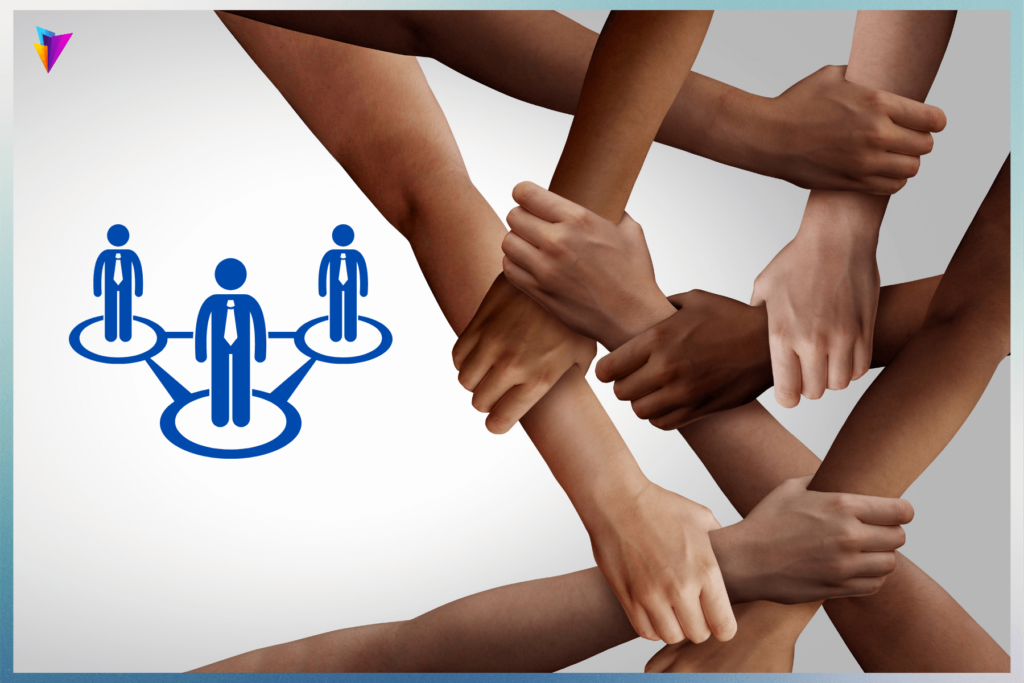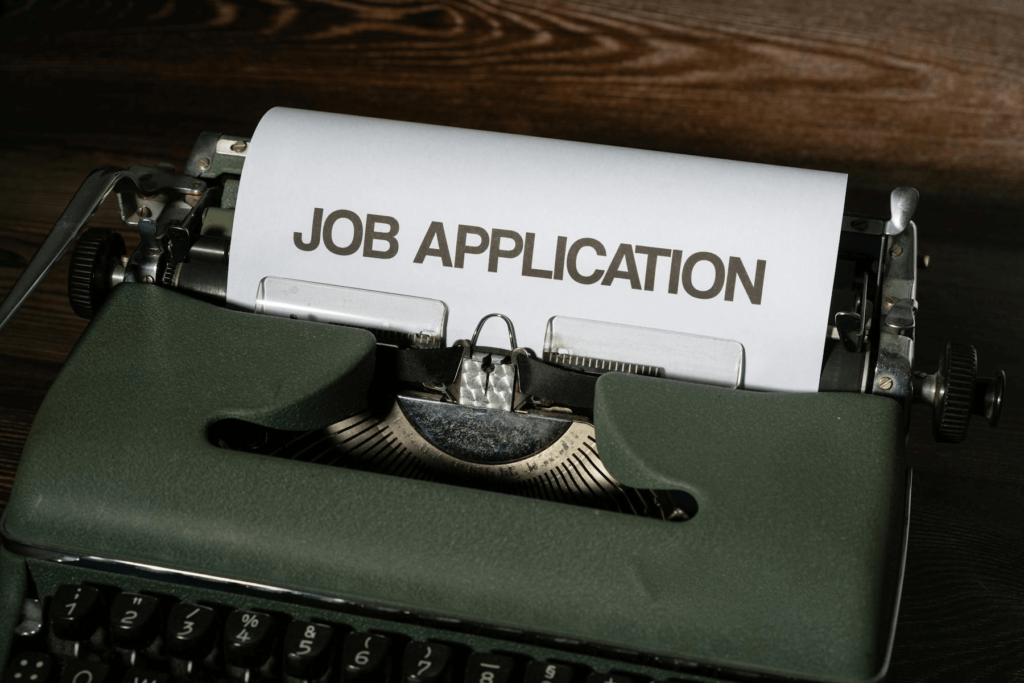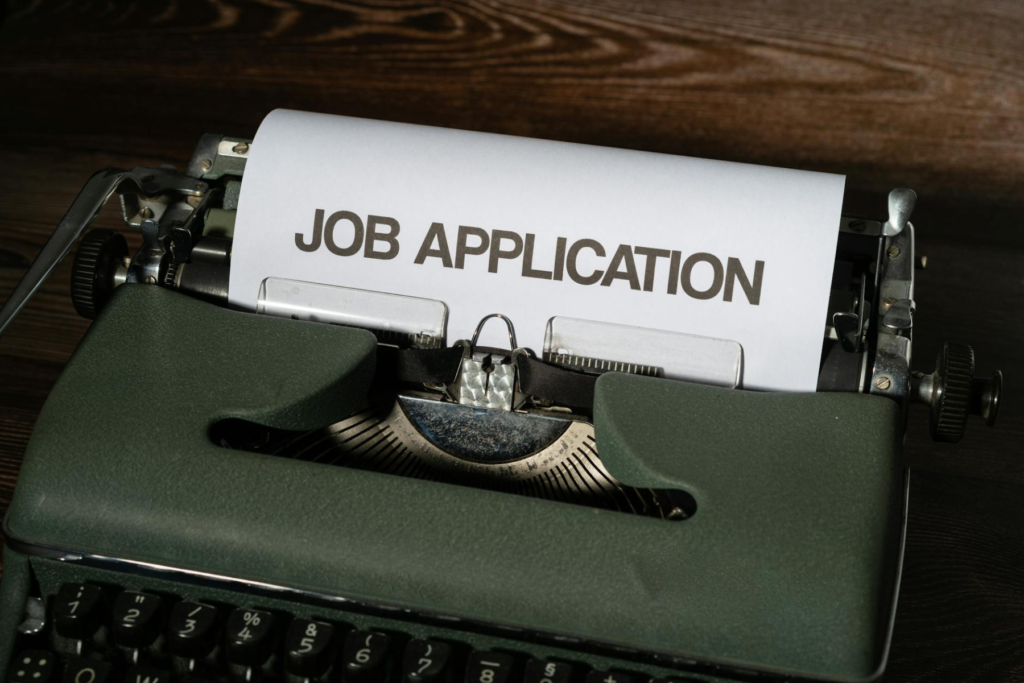Candidates change their careers due to newer opportunities in different fields. Sadly, some of them have faced problems while creating career-change resumes. Are you planning to switch to a new career, too? Then, you must make the best resume to impress the recruiters and show them you are a jack of all trades.
Indeed, switching careers is an emotional process, but if you portray the right skills and approach in your resume, it will be less intimidating. Suppose you are ready for the resume writing challenge for a new career. In that case, this blog will show you how to build a compelling career change resume that showcases your readiness and highlights your relevant experiences and transferable skills.
Highlighting Transferable Skills for Career Changers
We learn certain skills just out of passion for certain job areas. Who knew learning transferable skills could be helpful while changing careers? It can help you demonstrate your abilities for the new role, even if your past experiences come from a different industry.
Identifying Skills That Are Relevant to the New Role
Transferable skills are nothing but capabilities that were not important in the previous role, but they are a must-have in the new role. For example, you recently changed your career from a graphic designer to a social media marketer. You can bring all your online marketing expertise to the skills table, which was an optional skill in the previous role.
Here’s how to identify them:
- Review the Job Description: You must review the job description for your target role and spot the required key skills. Once you identify them, note them down for further use. Later, you can compare these skills with your own experiences. If you find commonalities, then you can mention it in your resume. However, if you find certain skills requiring prior training, you can take up an online or offline course.
- Think Broadly About Your Skill Set: Skills such as communication, project management, leadership, problem-solving, and time management are often relevant across multiple industries.
- Include Both Hard or Technical and Soft Skills: Hard skills are nothing but technical skills or industry knowledge and soft skills are people skills or emotional skills which includes communication, teamwork, adaptability. Do no take these skills lightly because they are valuable to employers, especially if they align with the job requirements.
For example, if you’re transitioning from a customer service role to sales, skills like communication, relationship building, and persuasion can be highlighted as directly relevant.
Demonstrating Flexibility and Adaptability in Your Resume
To show that you can thrive in a new environment, emphasize examples of flexibility and adaptability in your resume:
- Include Examples of Learning New Skills: Mention certain periods when you had quickly picked up new skills or adapted to changing job requirements.
- Highlight Experience Working in Different Roles or Settings: If you’ve had to wear multiple hats in a previous position or work in various environments, describe this experience to show your adaptability.
- Use Action-Oriented Language: Phrases like “quickly adapted to new processes,” “successfully managed change,” or “demonstrated versatility in different roles” can help convey your flexibility.
Demonstrating flexibility and adaptability assures employers that you can adjust to a new industry and learn a new job.
Crafting a Resume That Reflects Your Career Shift
When making a career change, many things run through your mind. One of the doubts includes, “How to create a resume for a career change?” It is essential to structure your resume to emphasize your skills and experiences over job titles. So, know the correct tactic before writing a resume.
Using a Functional Resume to Highlight Skills Over Job Titles
A functional resume format shifts the focus from your chronological work history to your skills and accomplishments. If you want to emphasize skills that are relevant to the new role, then you can do so with the help of a functional resume format.
Here is what you need to do:
- Organize Your Resume by Skill Categories: Instead of listing work experience in reverse chronological order, divide your resume into sections based on skills relevant to the new job (e.g., “Project Management,” “Customer Service,” “Leadership”).
- Include Brief Descriptions Under Each Skill: Under each skill category, provide examples of how you demonstrated that skill in previous roles.
- Place Your Work History Towards the Bottom: If you include a “Work History” section, keep it brief by listing your job titles, company names, and employment dates without going into detail. The focus should remain on your skills and achievements.
Try the above approach and notice the difference in your resume.
Writing a Career Change Cover Letter That Complements Your Resume
A well-written cover letter can help explain your career change and provide additional context that complements your resume.
- Explain Your Motivation for the Career Change: Share why you’re making the transition and how your background has prepared you for the new role.
- Connect Your Transferable Skills to the Job: Highlight how the skills you’ve gained in your previous career can add value to the new role.
- Show Enthusiasm for the New Industry: You can ignite a genuine interest in the new field that can help you to compensate for the lack of direct experience.
Cover letters are an essential component, so make sure to craft one that matches your resume and explains your career change. Let the company or employer know why you are the best for the role.
FAQs
How do I write a resume for a career change?
To write a resume for a career change, emphasize transferable skills, use a functional resume format if needed, and highlight experiences demonstrating your adaptability and readiness for the new role. Tailor your resume to which is matching up the job description by including relevant skills and accomplishments.
What are transferable skills, and how can I highlight them?
Transferable skills are capabilities that you have learned but never came to any use in your previous job. It can be applied across different jobs and industries to match the job role. To highlight them, identify skills that match the job requirements and provide examples of how you have utilized these abilities in previous roles, such as communication, project management, or leadership.
Should I use a functional resume for a career change?
A functional resume can benefit career changers because it emphasizes skills and accomplishments over job titles. It allows you to highlight relevant skills without focusing on a traditional career trajectory.
How can I show flexibility and adaptability on my resume?
Include examples of how you’ve adapted to new challenges, quickly learned new skills, or managed change in previous roles. Use action-oriented language that conveys your ability to thrive in different environments.
How do I write a cover letter for a career change?
In the beginning, mention the reason and motive behind changing your career. You also need to link your transferable skills with the new role. Transferable skills like communication, leadership, adaptability, critical thinking, time management, etc can give you a good start. Moreover, employers like it when the candidates express enthusiasm for the new industry. Simply put, a cover letter can provide context for your career change and complement your resume, so curate the best cover letter.
Can I apply to jobs in a different industry with no direct experience?
Yes, you can apply for jobs in any industry you like without worrying. However, you need to focus on three key elements:
- transferable hard or soft skills
- demonstrating adaptability in any work environment
- showing a willingness to learn new things
Summing Up
We know that building a perfect resume can be a tiring task for job seekers. It is tiring, especially for candidates who are stepping into a new career. We salute you for taking a big leap of faith. Our blog serves as a helping guide to you in curating the best resume and cover letter without any problem. But for that, you just need to work on showcasing your:
- transferable skills
- demonstrating adaptability
- proper structuring
Once you have checked this above list while creating a career change resume, you will be good to go. You also need to showcase which new skills you can bring to your new role that helps the organization’s success. A nicely crafted resume can do wonders, even if you come from a different industry. With the right approach and guidance, your resume can help you in your career transition successfully.










